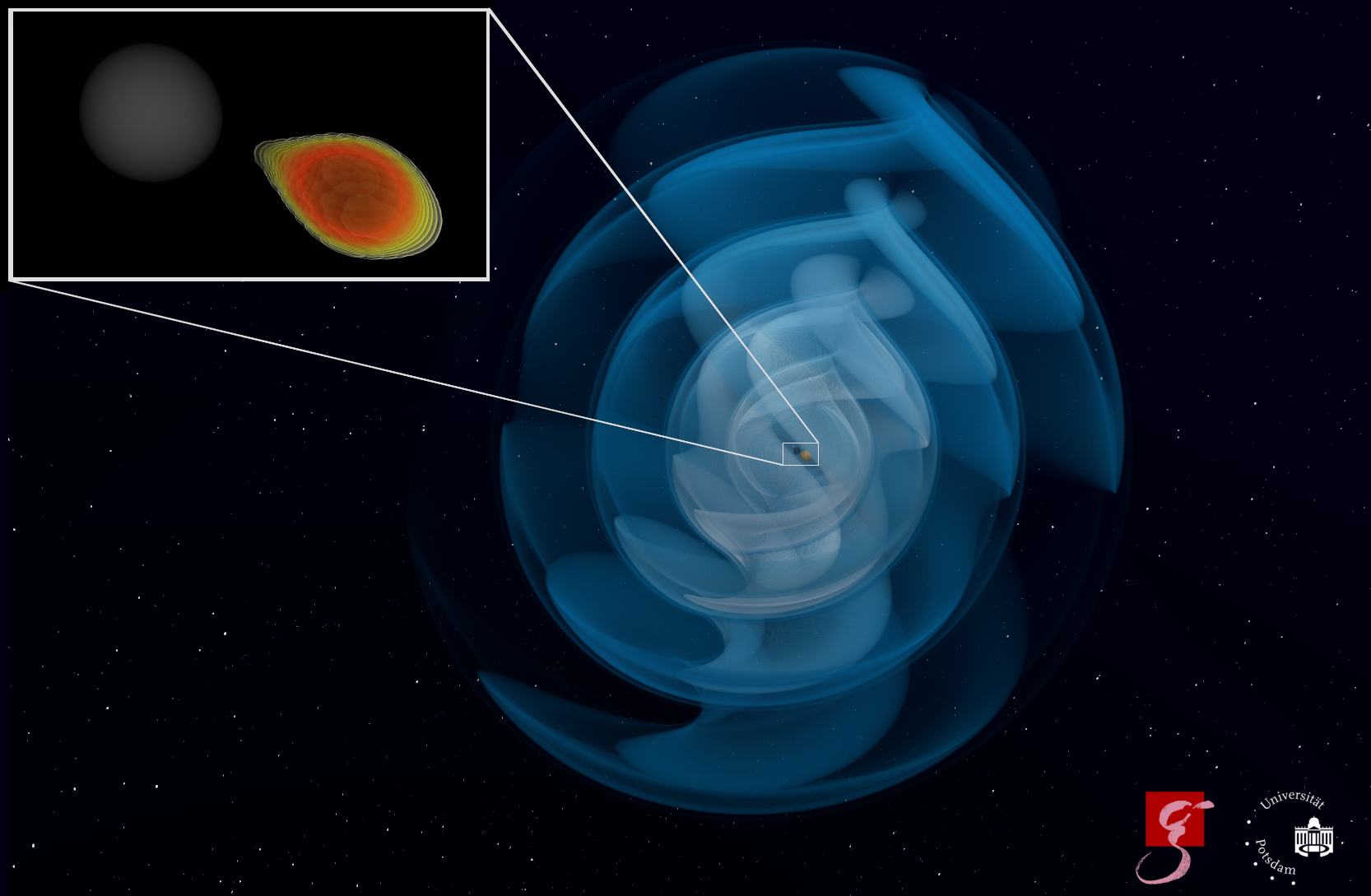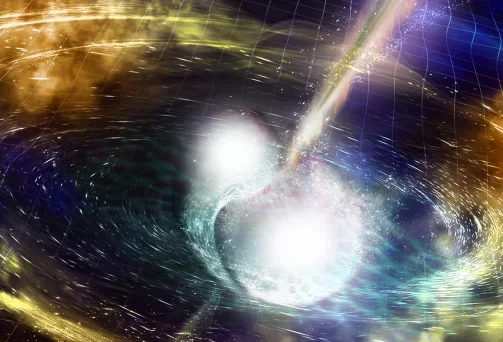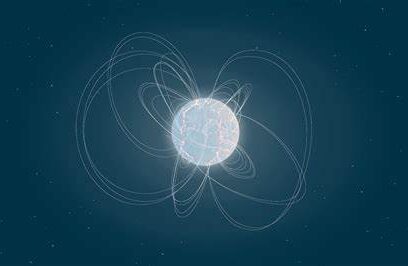
Welcome!
I am Jing-Ze Ma (马竟泽), a young theoretical astrophysicist and a stellar engineer. I am currently a PhD student at Max Planck Institute for Astrophysics, working with Selma de Mink and closely collaborating with Rüdiger Pakmor and Andrea Chiavassa. I grew up in Beijing, China. Before moving to Germany, I obtained my bachelor’s degree at Tsinghua University in China in 2022.
I am interested in the 3D radiation magnetohydrodynamics of any multi-scale astrophysical object. I am the developer of the new radiation transport module in the 3D moving-mesh code AREPO, which I am using to simulate massive stars and hope to explore possibilities in the near future for black hole accretion and protoplanetary disks.
I like to talk to other astrophysicists and get to know their works. I also enjoy hiking and singing with the choir.
RESEARCH INTERESTS

Stellar evolution

Compact objects

Transients

Radiation MHD
NEWS & POPULAR SCIENCE
2024
“A new spin on Betelgeuse’s boiling surface” featured in multiple media sources.
English: Scientific American, Nature Astronomy, AAS Nova, Space.com, Phys.org, Sky & Telescope, Universe Today, MPA Research Highlight
French: Futura Sciences, Observatoire de la Côte d’Azur
Italian: INAF (National Institute for Astrophysics)
Dutch: Astronomie.nl, Alles over sterrenkunde
2023
“Does Betelgeuse Even Rotate? Maybe Not” featured in Phys.org and Universe Today.
ONLINE MATERIAL
EDUCATION
Sep. 2022 – 2026 (expected)
PhD candidate
in Astrophysics
Max Planck Institute for Astrophysics, Garching, Germany
Ludwig-Maximilians-Universität, Munich, Germany
Sep. 2018 – Jun. 2022
Bachelor’s degree
in Engineering Mechanics
Tsinghua University, Beijing, China